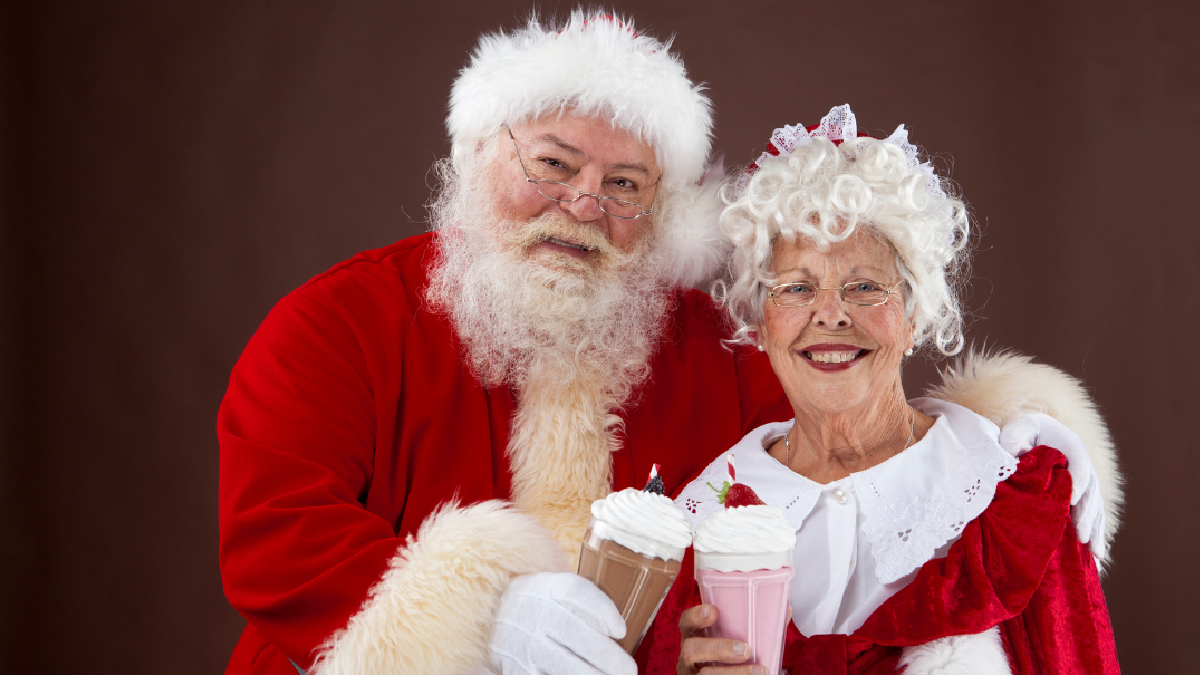The role of Santa Claus is to bring joy and happiness to children during the holiday season, usually through the giving of gifts on Christmas Eve or Christmas Day. He is often portrayed as a jolly old man with a white beard and red suit who travels in a sleigh pulled by reindeer to deliver presents to children around the world. In this role, Santa Claus has become a symbol of the holiday season and is embraced by people of many cultures and backgrounds.
Santa Claus, also known as St. Nicholas, Father Christmas, or Kris Kringle, is a beloved figure who is widely associated with the Christmas holiday season. The character of Santa Claus is believed to have originated from a mix of historical figures and cultural legends, with roots in both Christian and pre-Christian traditions.
The earliest origins of Santa Claus can be traced back to the 4th century, to the life of Saint Nicholas of Myra, a bishop who lived in what is now Turkey. Saint Nicholas was known for his acts of kindness and generosity, particularly towards children and the poor, and was said to have given away all his wealth to help those in need. After his death, he was venerated as a saint and became the patron saint of children and sailors, among others.
Over time, the legend of Saint Nicholas evolved and merged with various cultural traditions, leading to the creation of the modern-day Santa Claus. In the Netherlands, for example, Saint Nicholas was transformed into the figure of Sinterklaas, who was believed to bring gifts to children on December 5th. In the 19th century, Dutch settlers brought the Sinterklaas tradition to America, where it was further developed and popularized by writers and artists, such as Washington Irving and Thomas Nast.
The modern-day Santa Claus is often depicted as a jolly old man with a white beard and a red suit, who travels in a sleigh pulled by reindeer to deliver presents to children on Christmas Eve or Christmas Day. This image of Santa Claus has become so ubiquitous that it is now recognized and celebrated by people of many cultures and backgrounds around the world.
The Role of Santa Claus in Society
The role of Santa Claus in society is to bring joy and happiness to children during the holiday season. Through the act of gift-giving, Santa Claus represents the spirit of generosity and kindness, and serves as a reminder of the importance of spreading love and cheer to others.
In this role, Santa Claus has become an important symbol of the Christmas holiday season, and is embraced by people of many cultures and backgrounds. Whether through visits to Santa Claus at the mall, writing letters to Santa Claus, or leaving out cookies and milk for him on Christmas Eve, the image of Santa Claus continues to capture the imagination of children and adults alike.
For many people, Santa Claus is also associated with the tradition of leaving out cookies and milk for him on Christmas Eve. This is seen as a way of expressing gratitude for the gifts that Santa Claus brings, and is often a special moment for children and families as they prepare for the arrival of Christmas.
The Impact of Santa Claus on Children
The impact of Santa Claus on children can be significant, as he helps to create a sense of magic and wonder during the holiday season. Through the act of gift-giving, Santa Claus helps to instill in children the values of generosity, kindness, and selflessness, and serves as a role model for these qualities.
In addition, the image of Santa Claus provides children with a sense of comfort and security, as he is often depicted as a warm and friendly figure who brings gifts and joy to all who believe in him. This can help to foster a positive self-image and a sense of belonging, especially for children who may feel isolated or marginalized.
However, it is important to note that the impact of Santa Claus on children can vary, depending on the child and their cultural background. While some children may look to Santa Claus as a symbol of hope and joy, others may find the image of Santa Claus to be threatening or scary, and may prefer to focus on other aspects of the holiday season.

